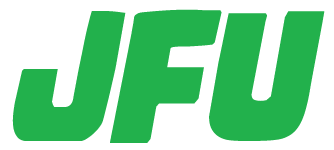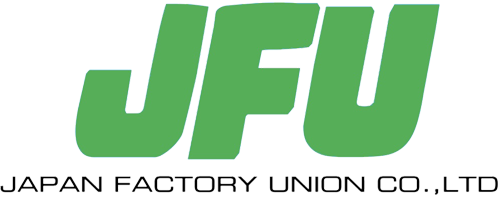
The correct installation of bearings affects accuracy, lifespan, and performance. Therefore, the design and assembly department should conduct thorough research on the installation of bearings and hope to install them according to the operating standards. The items for homework standards are usually as follows:
(1) Cleaning bearings and their associated components
(2) Check the dimensions and precision machining of related components
(3) Installation
(4) Inspection after installing the bearings
(5) Supply lubricants
I hope to open the bearing packaging just before installation, usually lubricated with grease, and directly filled with grease without cleaning. Lubricating oil lubrication is not necessary for regular use, but for instrument or high-speed bearings, they should be cleaned with clean oil to remove rust inhibitors applied to the bearings. Bearings without rust inhibitors are prone to rusting, so they cannot be left unattended. Furthermore, bearings that have been sealed with grease can be used directly without cleaning.
The installation method of bearings varies depending on the bearing structure, fit, and conditions. Generally, due to the rotation of the shaft, the inner ring requires interference fit. Cylindrical bore bearings are often pressed in with a press or hot installed. In the case of a tapered hole, it can be directly installed on the tapered shaft or installed with a sleeve.
When installed on the casing, there is usually more clearance fit and interference fit on the outer ring. It is usually pressed in with a press or there is also a cold shrink fit method for installation after cooling. When using dry ice as a coolant and installing it with cold shrink fit, moisture in the air will condense on the surface of the bearing. So, appropriate rust prevention measures are needed.
In some specific high-temperature environments, bearings with high temperature resistance and large clearance are often required. But how do users measure the radial clearance of the bearings? Here is a brief introduction:
(1) During the measurement process, it should be ensured that the ball falls into the bottom of the ditch; Measurement of closed bearings before sealing; When using a loaded instrument, the measured value should also subtract the increase in clearance caused by the load.
(2) For multi column bearings, it is required that the clearance of each column is qualified, and the arithmetic mean of the clearances of each column is taken as the radial clearance of the bearing.
(3) Use specialized instrument measurement methods as much as possible;
(4) The use of manual pushing method for measurement requires the measurer to have high measurement skills. This method has a large measurement error, especially when the clearance is in an edge state, which can easily cause errors. In this case, instrument measurement should be used as the standard;
(5) When measuring with a feeler gauge, it should be operated according to the standard regulations, and the method of rolling a roller over the feeler gauge should not be used for measurement.
-
What are the factors that affect the service life
2025-09-16
-
Purpose and direction of preloading for rolling be
2025-09-16
-
Analysis of common malfunctions and failure causes
2025-09-16
-
Measures to prevent noise from bearing cage and so
2025-09-16
-
Maintaining bearings: a comprehensive guide to ens
2025-09-16
JFU is committed to providing customers with affordability and convenience. We aspire to become strategic partners, helping clients grow and achieve mutual success!

